Most foresters still treat vegetation by burning.
As one of the veteran foresters in Hieu Giang commune, for more than 10 years now, Mr. Le Tai Hanh has stopped using the method of burning the ground cover after each forest exploitation cycle. Instead, he rents a machine to dig up old stumps and plow the soil for replanting. According to Mr. Hanh, burning the ground cover not only causes dust and smoke, pollutes the environment, poses a risk of forest fires, destroys the soil structure, and destroys the underground ecosystem, but also significantly reduces the productivity of planted forests.
“This is not only a mandatory regulation for planted forests participating in FSC certification, but through monitoring, not burning the ground cover also helps increase planted forest productivity by 15-25%,” Mr. Hanh affirmed.
Director of Thuy Dong Cooperative, Hieu Giang Commune Nguyen Van Luc said that for a long time, due to the practice of planting forests with high density, up to 5,000-6,000 trees/ha, after exploiting acacia to sell wood chips, forest growers often burn the ground cover to clear the forest garden to facilitate the use of machinery to dig new planting holes.
On the other hand, according to the concept of forest growers, burning the ground cover will provide additional fertilizer for the soil. However, according to Mr. Luc, that concept is incorrect because through actual monitoring, burning the ground cover and then replanting the forest gives lower productivity and wood quality than forests without burning the ground cover.
In addition, burning vegetation without close inspection and supervision by forest owners and authorities can easily cause fires to spread, causing serious damage to planted forests and affecting the environment. “Burning vegetation will burn the organic matter on the ground, destroying the microorganisms in the soil and making the soil dry. If not burned, the amount of organic matter after each harvesting cycle will be retained, decomposed into nutrients for plants, keep the forest moist, and make the soil porous,” Mr. Luc shared.
The entire Quang Tri province (old) currently has more than 249,000 hectares of forest area, of which the planted forest area is nearly 122,300 hectares with main tree species such as acacia, pine, and tung. Forests not only provide wood and non-timber forest products but also provide society with a clean living environment, limiting natural disasters, epidemics, and climate warming.
However, many forest owners still use burning to treat the vegetation before planting forests, even though some people know that burning the vegetation is harmful to the soil and the environment, can cause forest fires and increase carbon emissions. In fact, in recent years, there have been a number of forest fires caused by the negligence of forest owners when burning the vegetation to plant forests.
Burning vegetation before planting forests poses a risk of spreading to surrounding forests.
Deputy Director of the Department of Agriculture and Environment Phan Van Phuoc informed that every year the whole province of Quang Tri (old) plants about 8,000-10,000 hectares of new forest, of which an estimated 70-90% of the above area is treated by burning the vegetation before replanting the forest.
Through discussion, although people are still aware of the harmful effects of burning vegetation after exploitation, such as: reducing soil fertility; easily washed away and eroded when it rains; causing dust and smoke; risk of fire spreading to other people's forests... but they still do it because this is a method that helps to treat land and replant more easily, with low initial costs.
In fact, burning vegetation after harvesting planted forests is a common cause of fires spreading to surrounding forests in the province in recent times. In addition, the growth of forest trees is increasingly poor because the process of burning vegetation has heated up the land, leaving it bare, destroying beneficial flora and fauna in the soil, reducing the ability to absorb water, retain water and loosen the soil, losing the topsoil and humus layer when it rains...
“In addition, with an exploited area of 8,000-10,000 hectares/year, an average yield of 100-120 tons/ha, if the vegetation is treated by burning the vegetation to replant the forest, it is estimated that each year about 480,000-600,000 tons of carbon will be emitted,” Mr. Phuoc estimated.
According to Mr. Phuoc, in order to move towards green and sustainable development in forestry, reduce greenhouse gas emissions, increase the ability to absorb carbon from forests and prevent forest fires, the Department of Agriculture and Environment is implementing the management of vegetation after exploiting planted forests by collecting and clearing on-site, without burning vegetation.
The average target is to have about 2,000-3,000 hectares of reforestation area each year after exploitation by the method of not burning organic materials, aiming at developing environmentally friendly forests, in line with the world 's development trend, meeting the goal of sustainable forest development, contributing to increasing the value of planted forests, stabilizing the lives of forest growers and contributing to the roadmap for reducing greenhouse gas emissions in Vietnam.
Approximately 500 hectares of forest planted after exploitation by the method of not burning organic materials will be granted a certificate of sustainable forest management. Reducing the amount of carbon emitted into the atmosphere by about 60 tons/ha. Reducing the number of forest fires due to vegetation treatment by burning the vegetation before replanting forests after exploitation in the province.
“To achieve the above goal, the department has requested large forest owners, associations of households with forest certificates, enterprises and forest planting cooperatives to effectively implement the approved sustainable forest management plan. Considering the management of vegetation after harvesting planted forests by collecting, clearing on-site, and not burning is one of the important activities to improve productivity and quality of planted forests, contributing to forest fire prevention and fighting, soil protection, biodiversity conservation and climate change response.
For people's planted forests, we should focus on propaganda and raising awareness of post-exploitation vegetation management so that people can know and participate. Thereby, contributing to responding to climate change, creating jobs, increasing income and protecting the ecological environment," Mr. Phuoc added.
Le An
Source: https://baoquangtri.vn/trong-rung-khong-dot-de-phat-trien-rung-ben-vung-195502.htm


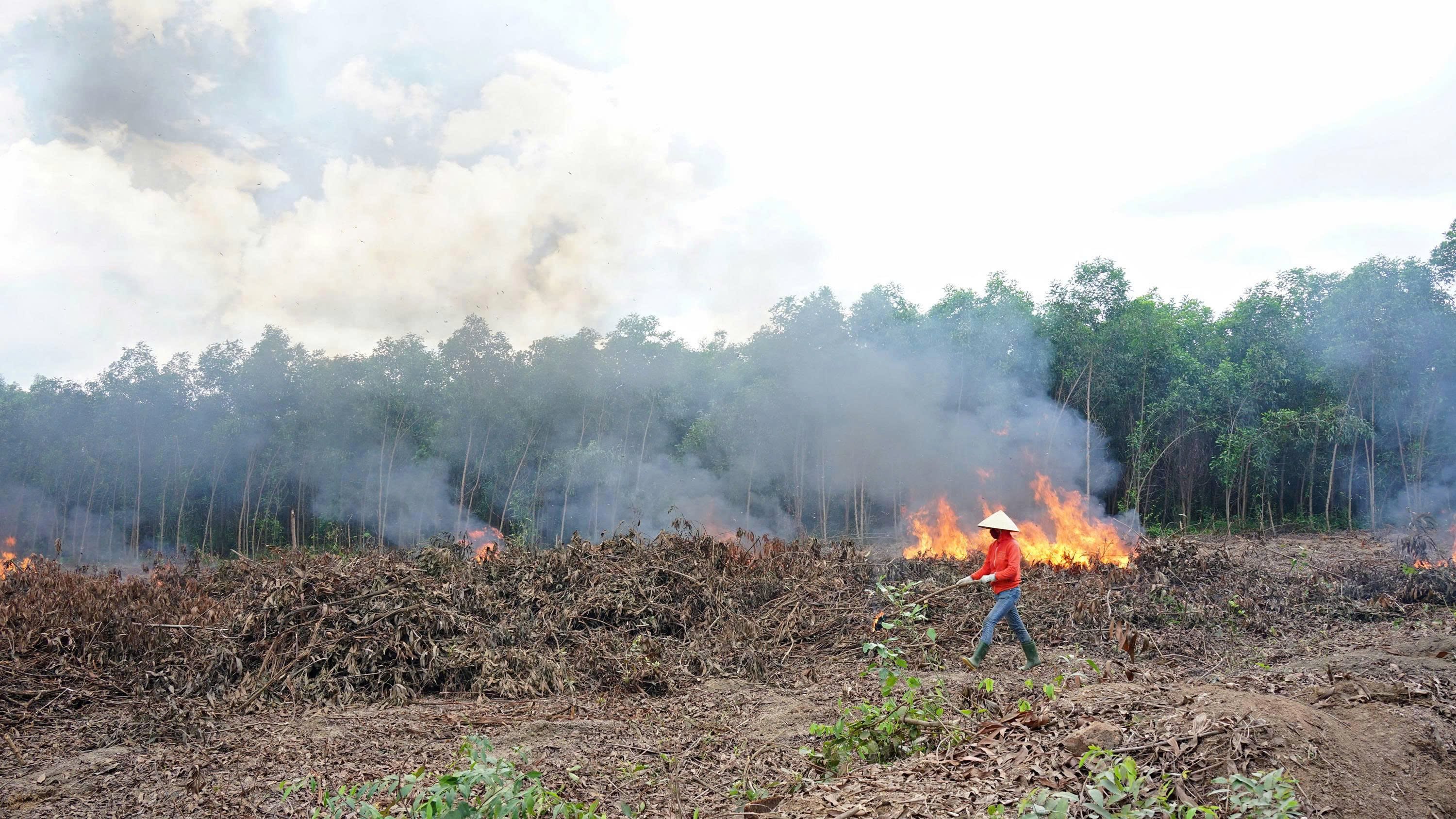
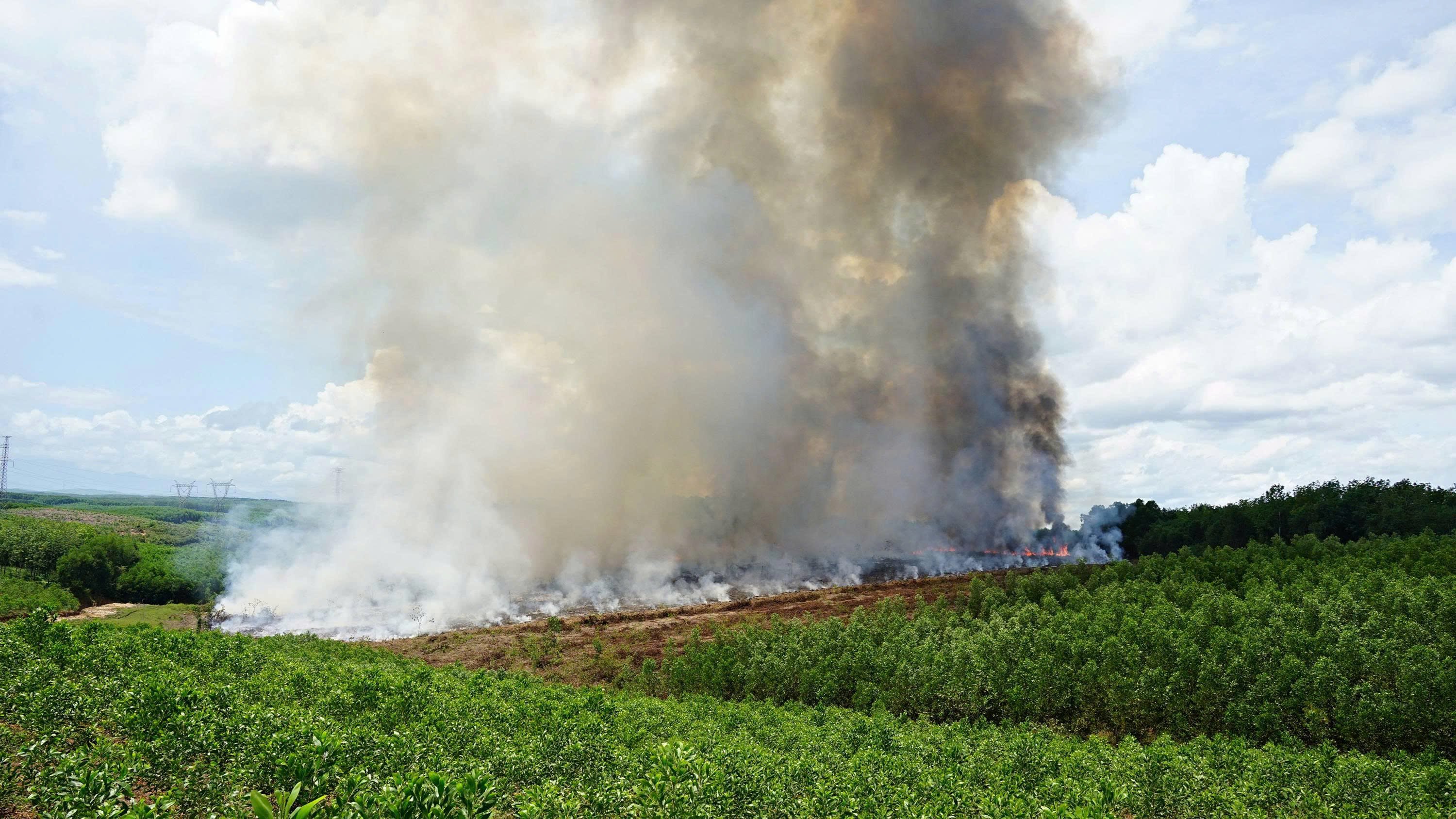






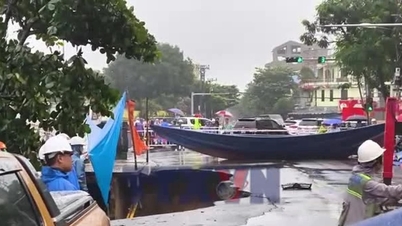

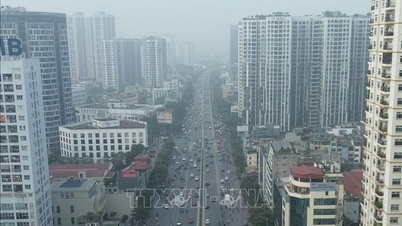

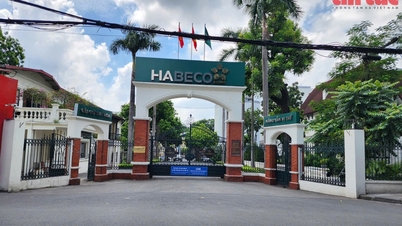
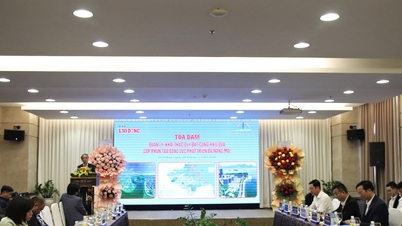

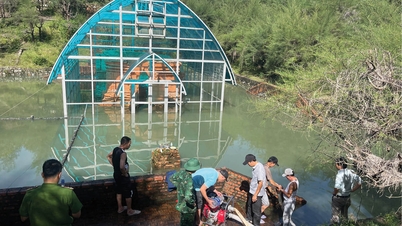

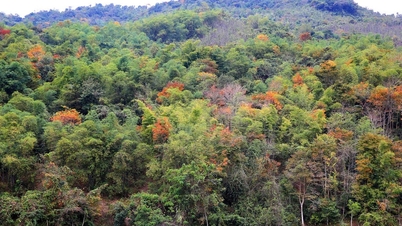




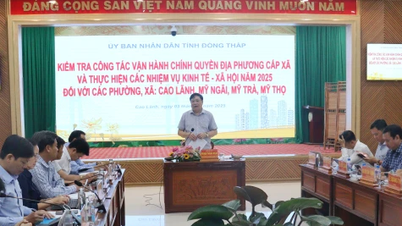

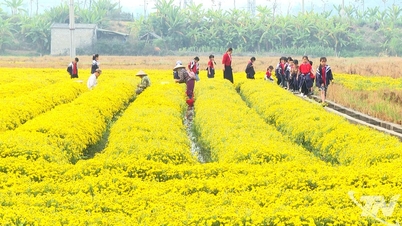

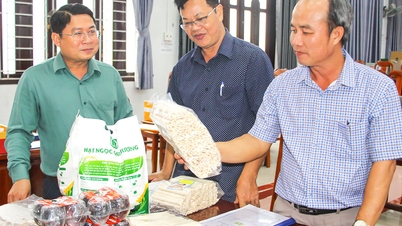

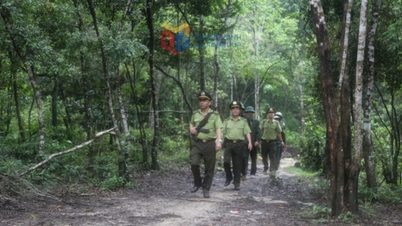





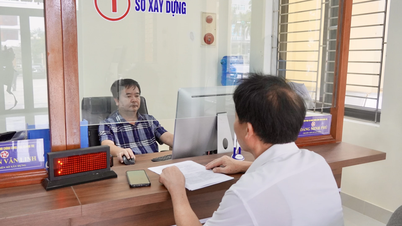
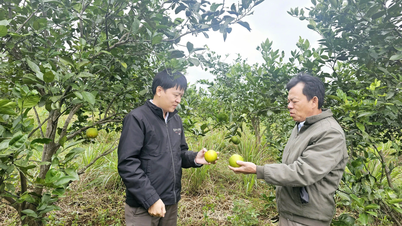
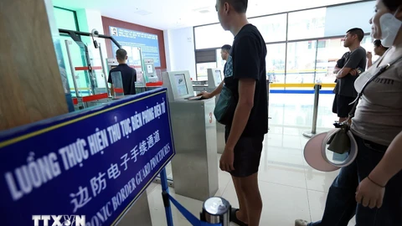
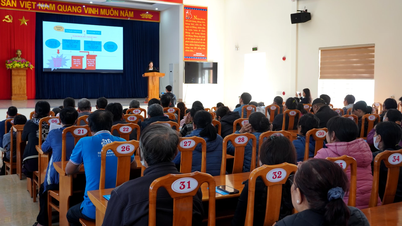
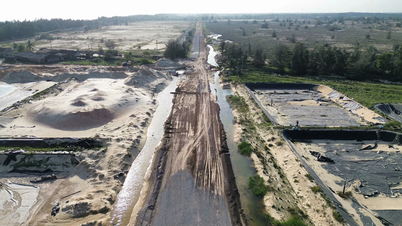

![[Photo] Parade to celebrate the 50th anniversary of Laos' National Day](/_next/image?url=https%3A%2F%2Fvphoto.vietnam.vn%2Fthumb%2F1200x675%2Fvietnam%2Fresource%2FIMAGE%2F2025%2F12%2F02%2F1764691918289_ndo_br_0-jpg.webp&w=3840&q=75)


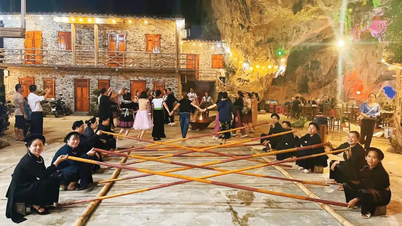

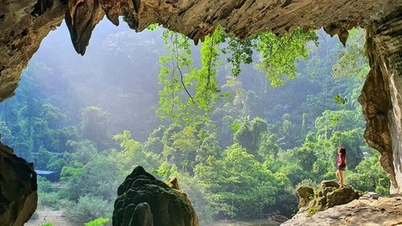

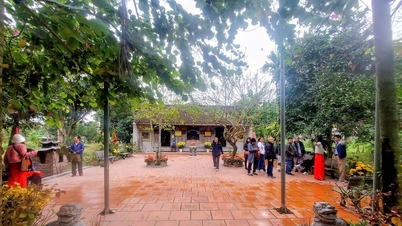
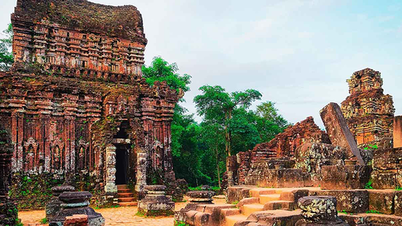















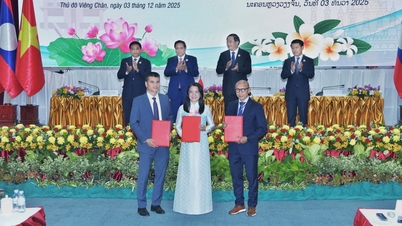










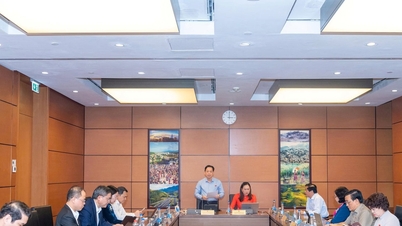



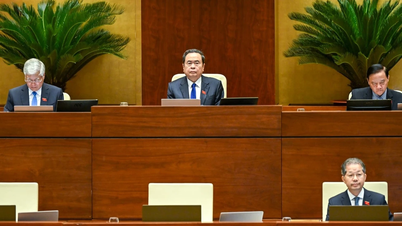

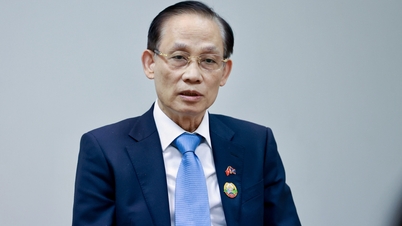




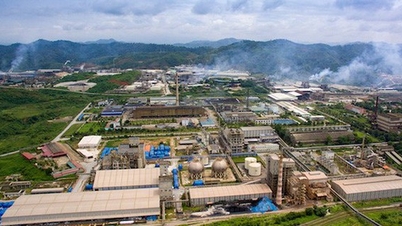








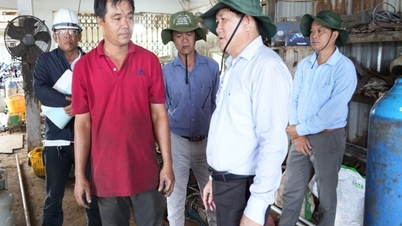



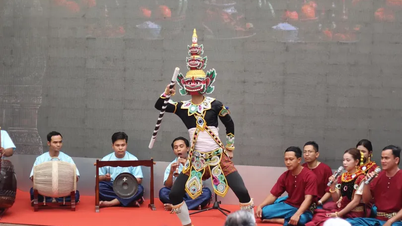













Comment (0)